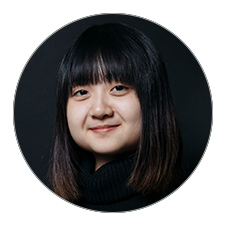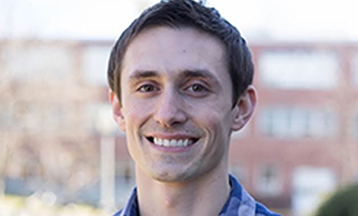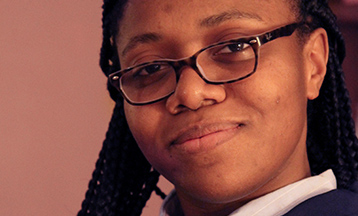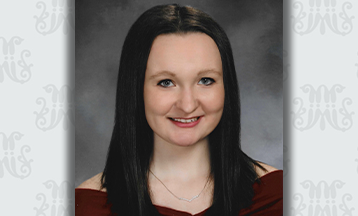-
About
Marist University Day Celebration
Join us in celebrating this historic milestone as we officially become Marist University on Jan. 29. With activities, giveaways, and lots of community spirit, it will be a day to remember!
About
-
Academics
Marist University Day Celebration
Join us in celebrating this historic milestone as we officially become Marist University on Jan. 29. With activities, giveaways, and lots of community spirit, it will be a day to remember!
Academics
-
Admission & Financial Aid
Marist University Day Celebration
Join us in celebrating this historic milestone as we officially become Marist University on Jan. 29. With activities, giveaways, and lots of community spirit, it will be a day to remember!
Admission & Financial Aid
-
Student Life
Marist University Day Celebration
Join us in celebrating this historic milestone as we officially become Marist University on Jan. 29. With activities, giveaways, and lots of community spirit, it will be a day to remember!
Student Life
- Athletics

Si Ya (Wendy) Ni
New York City, NYAcademic School
Computer Science and MathCampus
New YorkOn April 14, 2016, Si Ya “Wendy” Ni caught site of President Barack Obama enter the double doors of the White House East Room. Donning a blue shirt and black dress pants, she was surrounded by her two teammates, Amro Halwah and Stephen Mwingira, as well as 10 of the over 130 students presenting at the President’s largest and final White House Science Fair.
Moments earlier, the room had been cleared of guests buzzing from station to station in preparation for Obama’s entrance. A spell of anticipatory silence swept over the fair. “When President Obama came, I remember the tension started building,” Wendy recalls. “I got really nervous.” When Obama reached their station, his eyes glazed over the elaborate display of a high-tech vacuum, known as a module cleaning device, accompanied by a poster description of the project.
Wendy and fellow students from her former high school located in New York City’s Midtown created the invention a year prior. Its purpose was to improve the city’s subway system, which is notoriously inhibited by the litter and garbage that clog the subway tracks. In an effort to make city transportation safer and more efficient for passengers and students such as herself, Wendy and her team drafted a cheaper method for trains to clean the track’s garbage directly from the back of their cars.
“Our idea was to attach a small scale vacuum cleaner that you would attach to the work train so that the trains may run more frequently,” Wendy describes. Along with her team of two educators and 12 students from Baruch College Campus High School, as well as multiple mentors from outside companies, Wendy proposed the invention to the Lemelson-MIT InvenTeam grant of $10,000—a program designed to inspire students to innovate technological solutions to real-world problems.
After receiving the grant, the student inventors began work on its months-long work to build the elaborate prototype. However, coming from a small school with limited resources, the team juggled a number of restrictions on its freedom to create and design. Wendy recalls building the prototype in the back of a Spanish classroom, while the other Inventeams utilized their specialized engineering rooms.
By May 2015, her senior year of high school, the invention was completed and presented to MTA's Chief of Infrastructure and at MIT’s 2015 Eurekafest to other InvenTeams and audiences. A few months later, the prototype became the sole representative of 15 Lemelson-MIT InvenTeam projects to be selected as a presentation piece at Obama’s science fair.
Wendy was a freshman at Marist pursuing studies in computer science when she heard the news about her team’s invention, and that teachers from her high school alma-mater drafted a team of current high school students to improve the semi-automatic vacuum cleaner. “We wanted to prepare it so that it would be more of a wow when we showcased it,” Wendy says. But by April 2016, Wendy found herself face-to-face with the then-President of the United States. She remembers his amicable demeanor, how his eyes glistened with a keen interest in each student and their accomplishment.
“He was very outgoing, and he would spend the time to talk to each person. I don’t remember exactly what I said, but my job was basically to explain how the project started.” And yet, while the project itself came to fruition during her senior year of high school, Wendy’s inventive eye developed much earlier in her life. “As a child, I was always interested in STEM [science, technology, engineering, and math] because I liked math and science because those were the subjects I was good in.”
While she debated majoring in general mathematics, Wendy was, from a young age, very meticulous in her decisions, and decided to instead pursue a path she believed would open her up to more specific job opportunities in the future. After participating in the Code Now Program in New York City—a program that recruited high school students to practice computer coding for a week in the summer, she set her mind to computer science and software development.
As she progressed through her studies in the STEM field, receiving Marist’s Professor Helen M. Hayes scholarship to pursue a major in computer science at the college, Wendy witnessed a transition in the field of mathematics. A major frequently dominated by men, Wendy was among a group of mathematically-talented women to increase female influence in the field.
Shortly after she graduated high school, she remembers seeing more and more girls participate in her school’s Inventeam, which as of now consists of more females than males. “For the sake of girls in the STEM field, I would like to try to influence more of them,” Wendy says. “I would like to tell people to work as equals, and to not be afraid to work together.”With her invention still shelved at her high school in the city, Wendy’s legacy lives on as inspiration for females and younger inventors of any kind.
By Alyssa Hurbut



